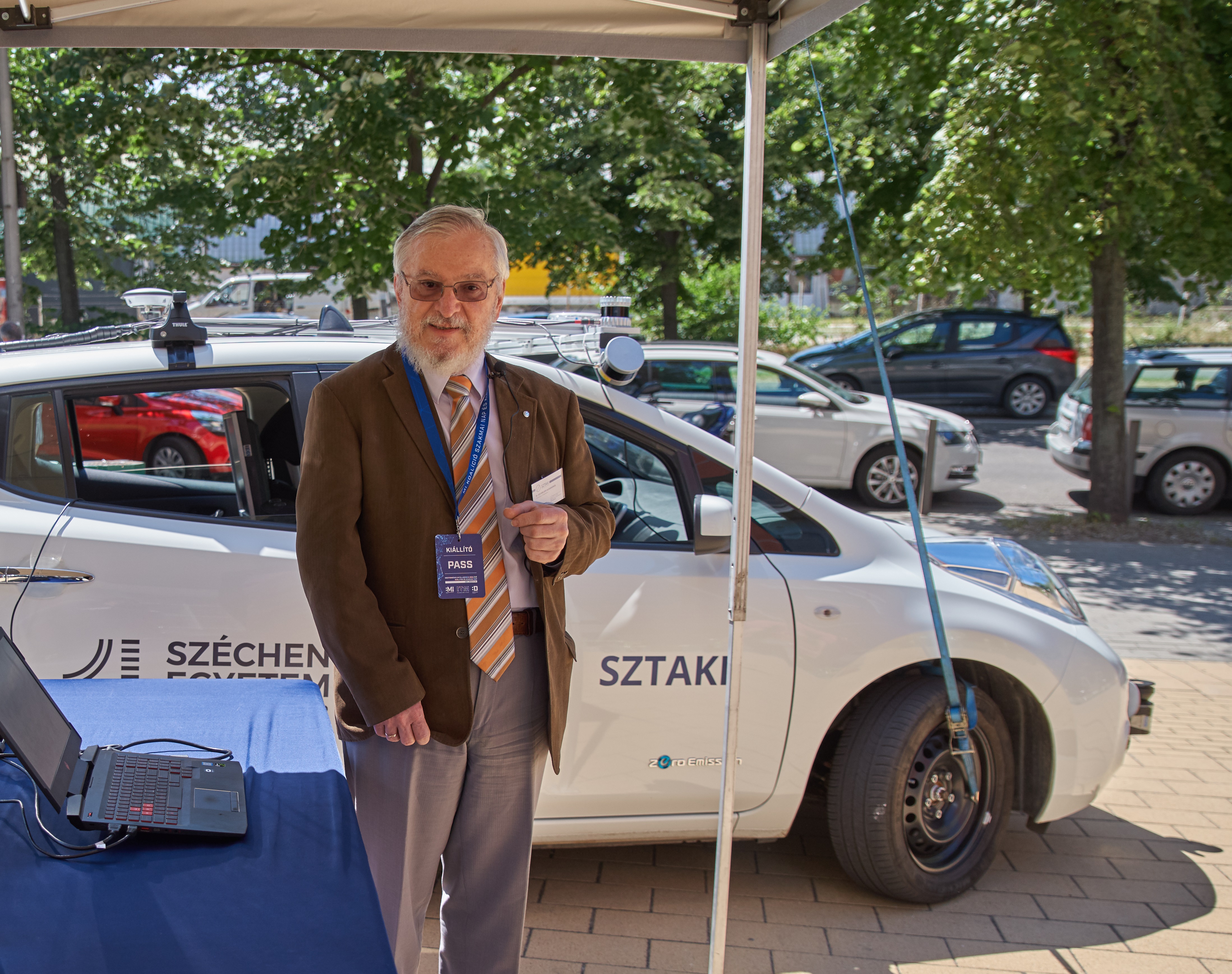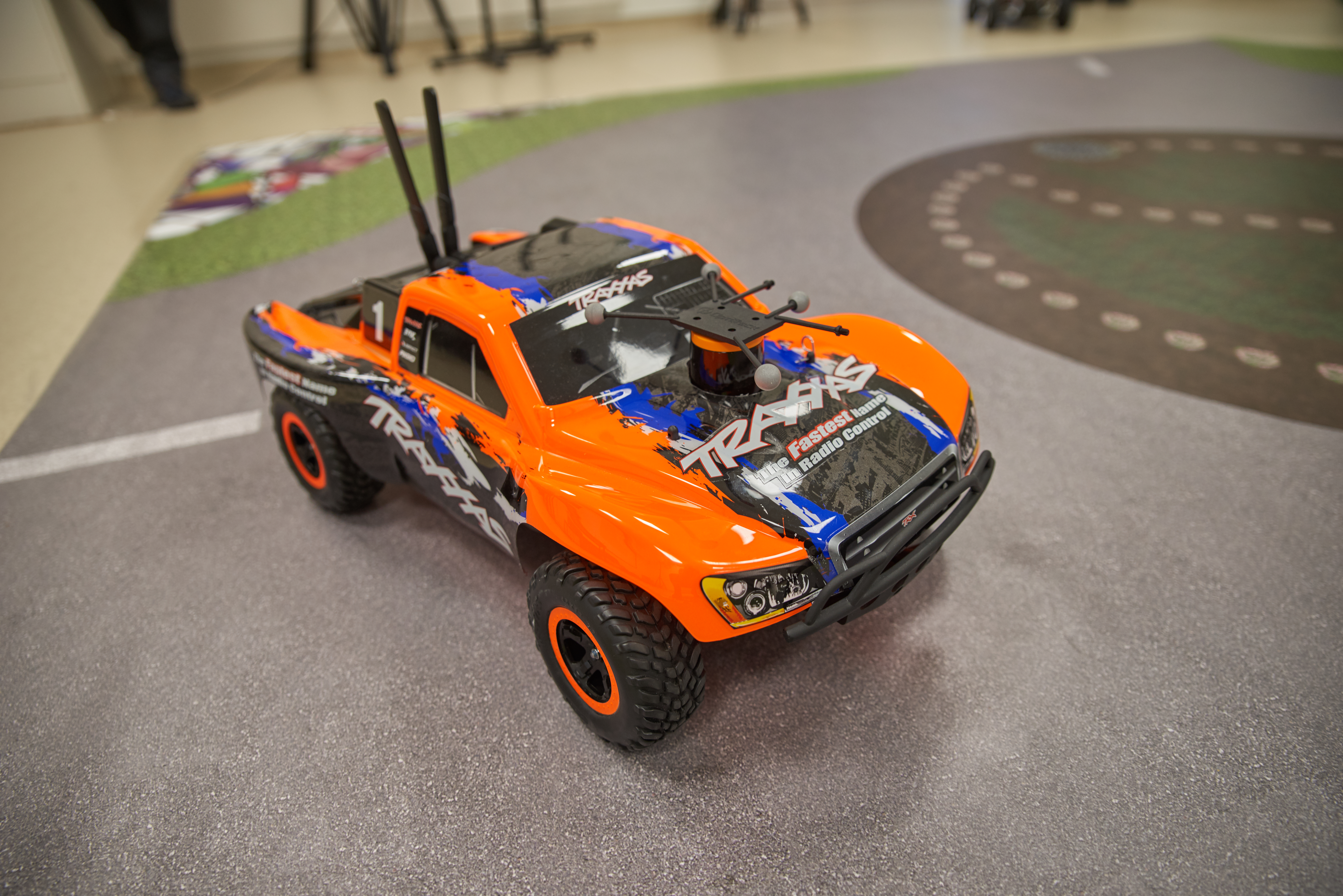
Members of the National Laboratory for Autonomous Systems (ARNL) participated in the Professional Day organized by the Artificial Intelligence Coalition on June 15, and in the Exhibition for the general public on June 16. The developments of SZTAKI, BME and Széchenyi University were presented at the event, which was held at the Budapest University of Technology and Economics.
On the Professional Day, Dr. László Palkovics, the Minister of Innovation and Technology and Sándor Pintér, Minister of the Interior visited the Professional Day of the MI Coalition, where – apart from the MILAB members, MI Coalition partners and companies involved in the practical application of artificial intelligence ‒ the consortium members of ARNL presented their latest professional and development results.

The self-driving car that is being developed and tested by the SZTAKI System and Control Research Laboratory and the Automotive Research Center of the Széchenyi István University in Győr could be seen at the BME site. This autonomous vehicle, which is based on the Nissan Leaf, is equipped with a number of sensors. These sensors make it possible for the car to find its way on roads, even in real traffic.
Those who wanted to see self-driving vehicles in motion were also not disappointed; agile manoeuvring autonomous drones, and model cars moving in a virtual traffic were exhibited. The latter vehicle was immersed in a virtual roundabout and moved, manoeuvred as if it were in the real traffic there.

The exhibition also included a redundant unmanned aircraft developed by SZTAKI Systems and Control Laboratory. This aircraft serves as a test platform of the on-board system developed for another test aircraft in an EU research project, and serves also as a camera carrier for the evaluation of AI solutions in aircraft (e.g., for the purpose of “sense and avoid” tasks). In the mentioned EU project, the goal is to decrease fuel consumption, and increase the payload capacity of future aircraft with high aspect ratio flexible wings. Due to the limited exhibition space available at the site, only the waypoint tracking capabilities of the autopilot were demonstrated in hardware-in-the-loop simulation. This means that the real on-board hardware guided the simulated model of the aircraft in real time.
